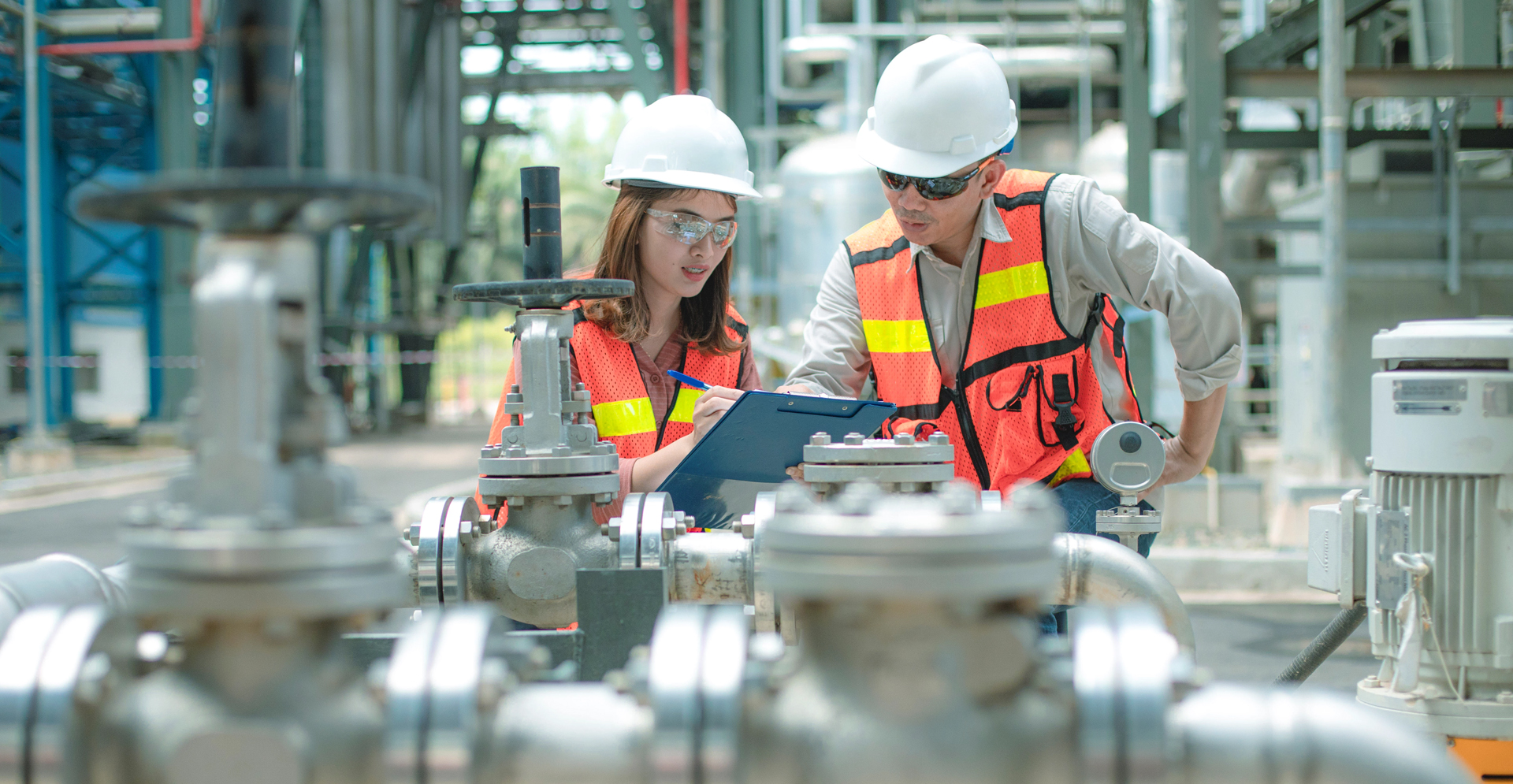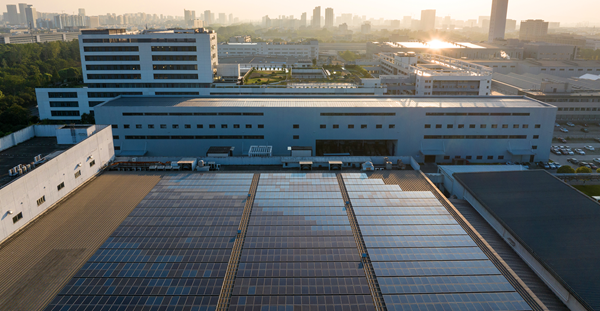While the world’s attention is rightly focused on the immediate health challenge of COVID-19 (coronavirus) and the global response that’s underway, the pandemic is also having a major impact on the industrial world.
In this era of ‘just in time’ delivery, supply chains are severely challenged, and it’s my belief that those industrial sectors that have an over-reliance on aging industrial assets will be hit the hardest.
Pre-coronavirus, we explored this topic in a paper last year entitled The next wave of manufacturing is not what you think: aging industrial assets, and this industry-wide problem has not gone away. If anything, the current pandemic makes the issue even more pressing.
Our paper highlighted that, since the financial crisis of 2008, there’s been a significant lack of investment in industrial assets. The credit crunch meant that companies were forced to do way more with way less. For those tasked with keeping industrial facilities operational, this meant that they were being told to paper over the cracks – use duct tape, if necessary – to squeeze another year out of an aging asset. People were telling us that more than half of their facility infrastructure needed replacement or significant repairs, but demand for profitability severely impacted their ability to make these investments.
Now that COVID-19 is forcing production facilities to either slow down, enter warm shutdown phases, or even mothball until the crisis passes, there is a unique challenge that the industry is facing, namely: this is happening everywhere at exactly the same time. And when facilities eventually open the throttle, this unprecedented synchrony will create yet more challenges. Companies with plants that are very old, or that have had much-needed repairs deferred for too long, may struggle to restart those assets. They will also find themselves competing for the same technical and workforce resources as their competitors.
Although this level of market volatility is unprecedented – certainly within peace-time – there are some clear issues that companies will need to prepare for in the coming months:
- Do you have the bandwidth within your assets to resume full production, and do you know where the most significant stresses are likely to occur within the context of your aging assets?
- Do you know whether your supply chain can give you similar assurances?
- Can you ensure that the specialist technical resources you need to restart your plant are available when you need them, given that everyone will be trying to do the same, at the same time?
- Can you scale up production – and risk putting pressure on your aging assets – to meet the likely pent- up production demand after the global lockdown?
We are already reaching out to our clients to find out where the biggest challenges are likely to occur, and that will inform an update to our thinking around aging assets. The challenge of aging assets is very real, and when the lockdown ends, companies everywhere will need to pull together to get industries back on track quickly.
Learn how companies can navigate the business uncertainty associated with the Covid-19 pandemic as well as digitize and future-proof their assets.






